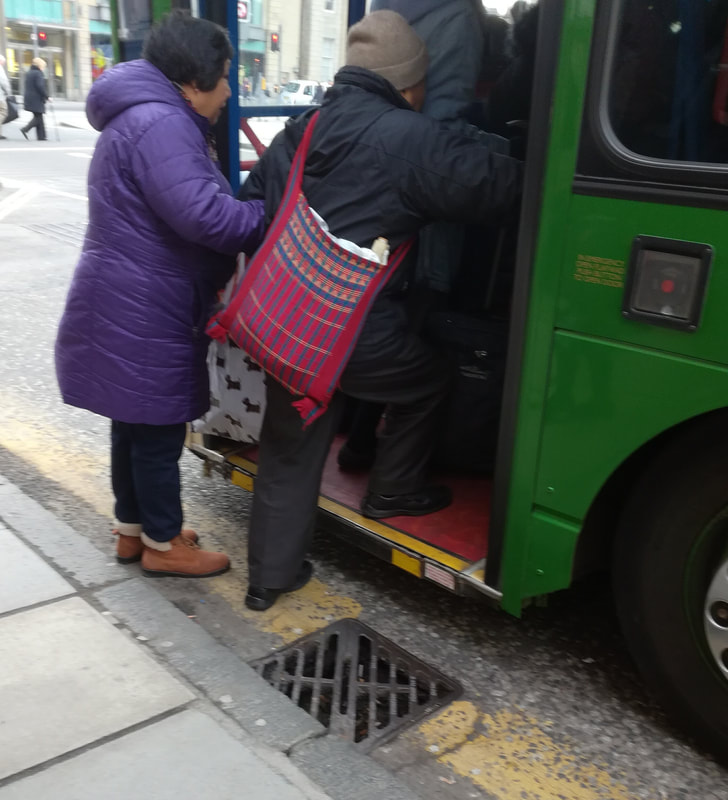The government maintained this stance throughout the passage of the Bill. In the House of Lords, on 22 May 1995, Lord Mackay of Ardbrecknish (Minister of State, Department of Social Security) said “We have…made it clear that we believe that progress towards accessible public transport is best achieved by targeted action rather than by any kind of blanket legislation. Different modes of transport inevitably require different access solutions. A simple application of Part III to transport vehicles is not therefore appropriate." (2)
However, during the passage of the Bill, the Government was forced to accept what became Part V of the 1995 Act covering public transport, including powers to make access regulations about vehicles, carriage of passengers in taxis, etc. This resulted, among other things, in the Passenger Service Vehicle Accessibility Regulations (PSVAR) being introduced in the year 2000.
There have undoubtedly been significant improvements in public transport access in the past 25 years (look at how low floor buses have transformed much local travel) but many problems remain. Although the second (2005) DDA put right the exemption of transport services generally from the ‘Part III provisions', the exclusion of transport in the 1995 Act cost disabled people a decade of improvements in access to transport; the consequences of which we still live with today.


 RSS Feed
RSS Feed
